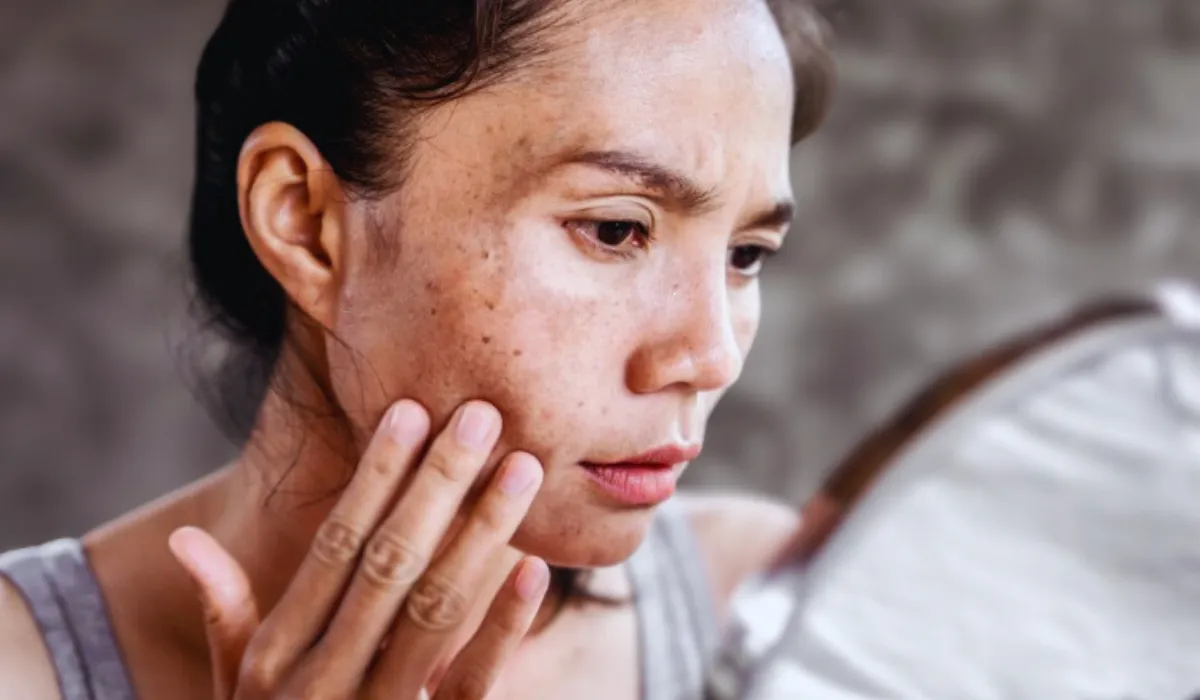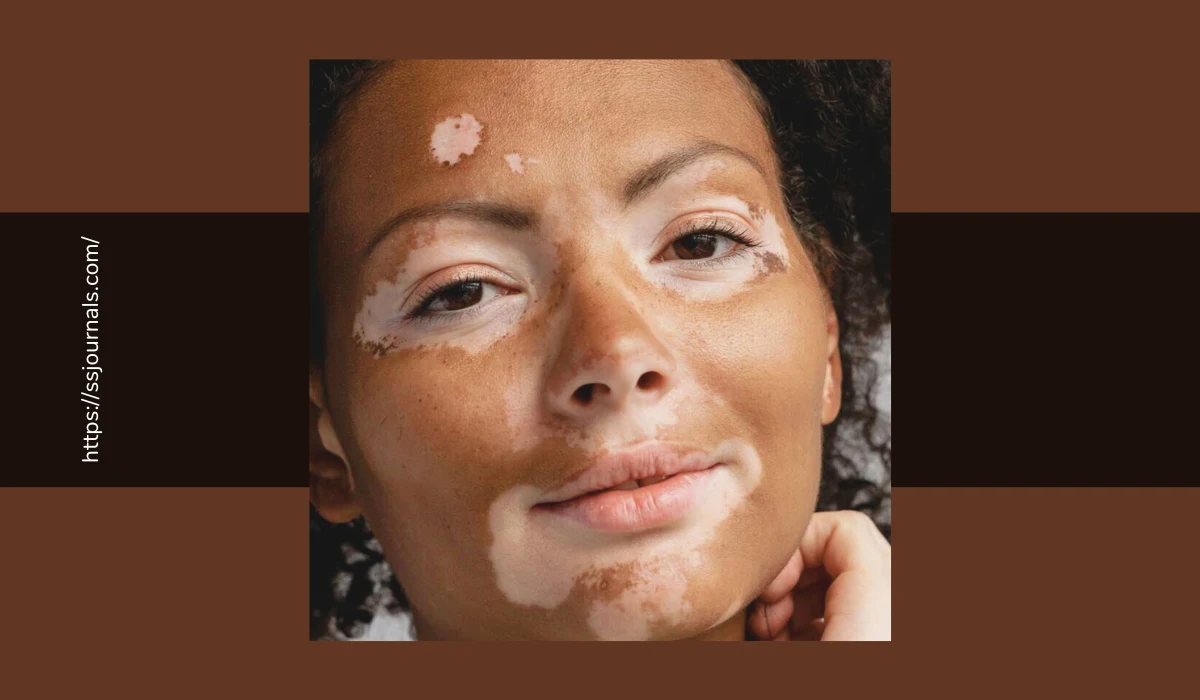Melanin is the pigment that decides skin color in human beings. Any abnormality or variation in the melanin content or type that can be caused due to the damage to melanin-producing cells called melanocytes may cause pigmentation disorders or skin discoloration. Pregnancy, certain drugs, sun exposure, environmental factors, infections, inflammations, burns, and wounds cause pigmentation disorders. The entire body or patches of skin can be affected here.
Commonly there are three types of skin pigmentation disorders. Depigmentation or the loss of pigment is a common type. Skin loses its natural color here. Hypopigmentation is another condition in which pigment production is very low. Skin becomes lighter to its natural color here. Hyperpigmentation is the excess production of melanin by melanocytes. Skin becomes darker here.
common pigmentation disorders and their causes
Albinism:
It is a partial or complete melanin deficiency due to genetic disorders. Sufferers of Albinism are called Albinos and it is easy to identify them as they possess pale skin, white hair, and pink or whitish eyes. Albinos usually struggle with eyesight problems too. They are more likely to have skin cancers. Genes that instruct melanocytes to produce melanin are affected and melanin production stops completely or partially to cause the condition. Studies suggest that hereditary symptoms can also cause Albinism. Even though there is no cause for this condition, there are many treatment methods to reduce the symptoms.

Melasma:
Melasma is another pigmentation disorder in which dark patches appear on the skin specifically on the face. This disorder is common in women. These symmetric dark brown patches are the accumulations of melanin. They are common during pregnancy. Oral contraceptive pills are considered to be a cause of melasma. It is also known as a mask of pregnancy. People with darker skin complexions are likely to have melasma. Though the condition does not risk your health, undergoing treatment is a necessity as it affects the aesthetic as well as cosmetic concepts. Hormonal variations are the major reason for melasma. Heat, sun exposure, and certain skin care products also cause it. There are medications as well as cosmetic procedures as treatment options.
Pigment loss after an injury or skin damage:
A burn, external injury, bliss, infection, or ulcer may affect melanocytes of the affected area and cause a partial or complete reduction of melanin production. This loses the skin color and causes discoloration. No effective medications are prevailing for this condition. Producers may help in recovering the condition. If the patch is too small and negligible. It can even be covered with routine makeup.
Vitiligo:
Vitiligo is the formation of smooth, white patches on the skin due to the loss of melanocytes. The affected area is highly sensitive to sunlight. It counted as an auto-immune disease. There is no cure for Vitiligo as it is an autoimmune disease. Usually, dermatologists suggest methods to cover the patches using long-lasting dyes. Light-sensitive medicines and corticosteroid creams are also effective for the irritations on the patches.
Solar lentigo:
Solar lentigos are a type of skin darkening caused by UV exposure. Lentigos affects the face, neck, and hands. Pigmentation discord is also known as old age spot. As it is common in people above 40. These patches are round, oval, or irregular in shape. It varies in color and size. They appear as scaly lesions too. Experts suggest dermatoscopy and skin biopsy to diagnose lentigos. Solar lentigos are treatable if diagnosed in the early stages.
Pityriasis alba:
It is the appearance of white patches on the face and neck. It is associated with dry skin and sun exposure. Usually, this condition will go away on its own within a few months. Medications and topical creams help in faster healing. The actual reason for Pityriasis alba is unknown. Even though the patches affect your cosmetic botheration, they won’t harm you in any way.
Conclusion
Even though there are no strict measures to prevent pigmentation disorders, a good skincare routine, and a proper skin-nourishing diet may help you to an extent. Regular usage of a hat and sunscreen lotions are counted as effective skin protection measures. Maintaining a well-regulated hormone level and avoiding the usage of contraceptives are also suggested to prevent pigmentation disorders.

